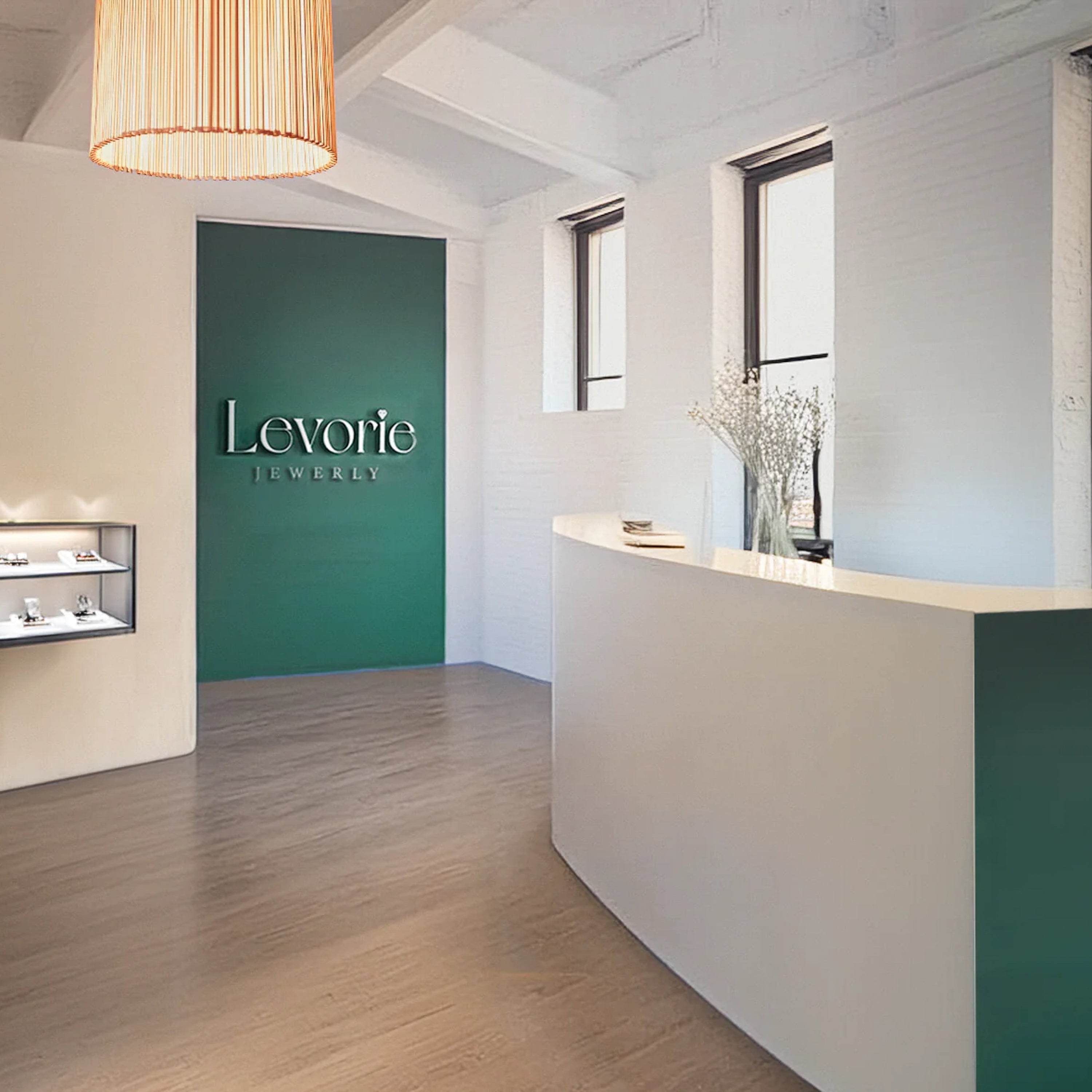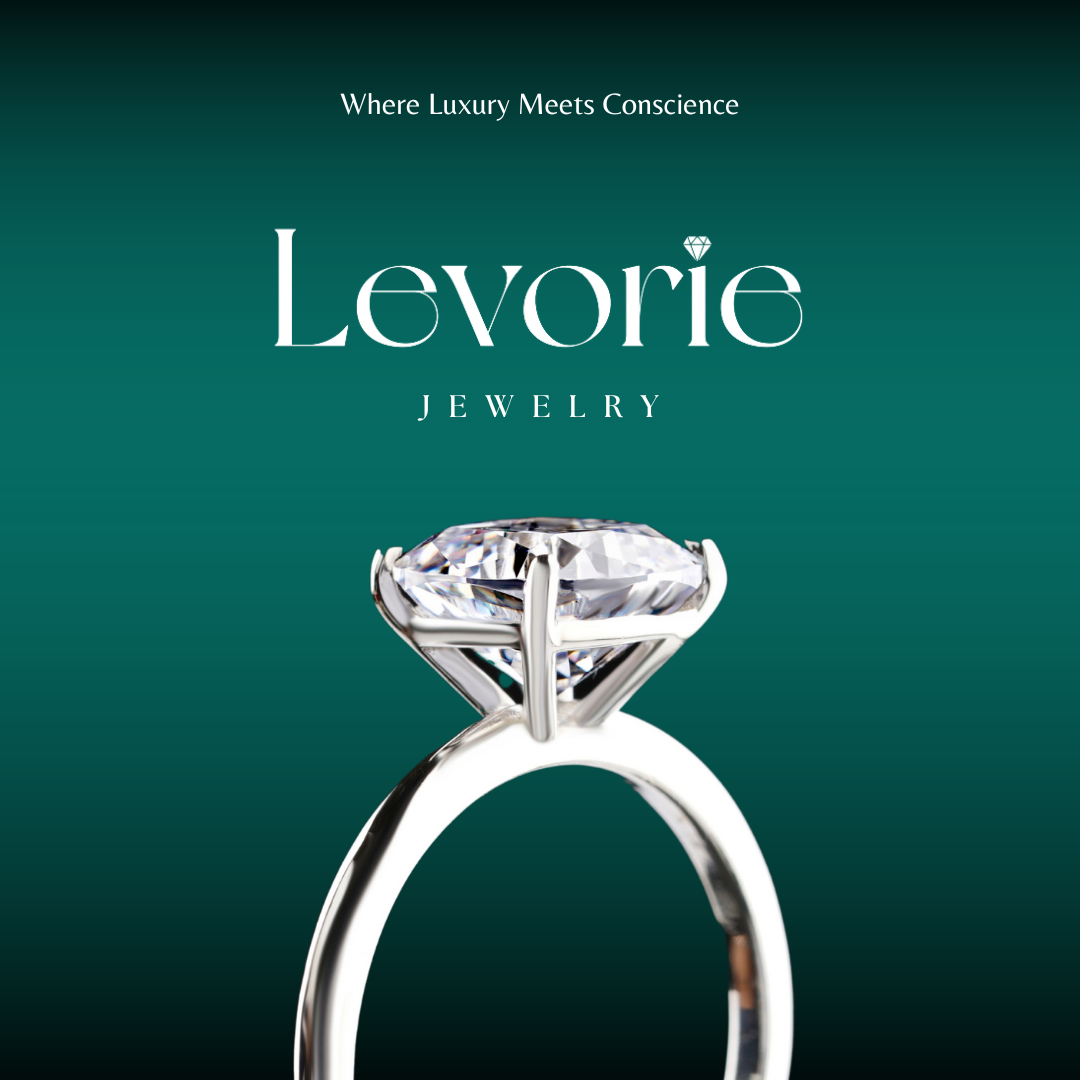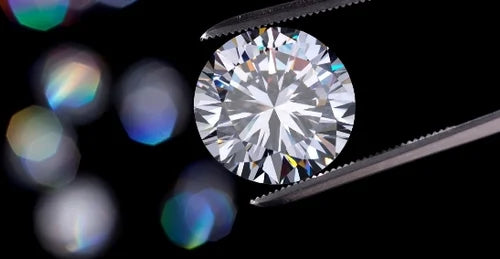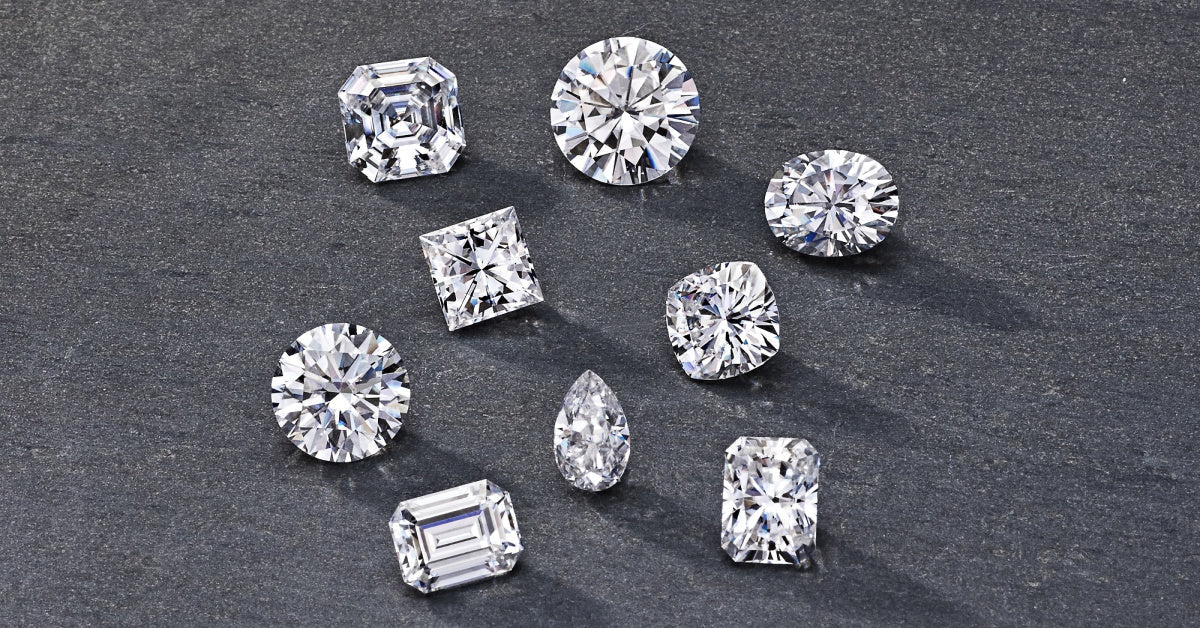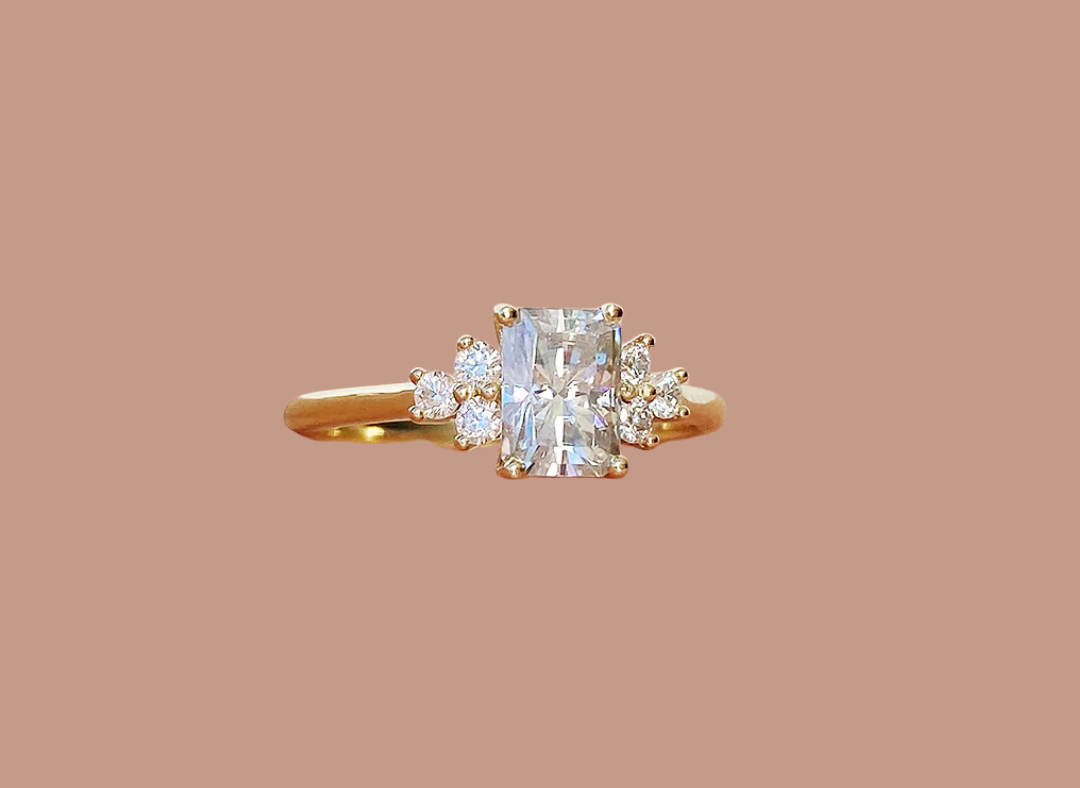
How Is Moissanite Made? The Fascinating Creation Process
Moissanite has become a sought-after gemstone for engagement rings, wedding bands, and fine jewelry, offering an ethical and affordable alternative to diamonds. But have you ever wondered how moissanite is made? Unlike natural diamonds formed deep within the Earth, moissanite is created in a controlled lab environment using advanced technology. This guide explores the origins of moissanite, its production process, and why it’s the perfect choice for the ethically conscious jewelry buyer.
The Origins of Moissanite: A Cosmic Beginning
Moissanite was first discovered in 1893 by French scientist Henri Moissan in a meteorite crater in Arizona. Initially mistaken for diamonds, this rare mineral—silicon carbide (SiC)—was later identified as a unique gemstone. Because natural moissanite is incredibly scarce, scientists developed innovative methods to create it in laboratories, making it more accessible for jewelry lovers worldwide.
The Science Behind Lab-Created Moissanite
Modern moissanite is made using a complex laboratory process that replicates the conditions under which silicon carbide forms in nature. Here’s a step-by-step breakdown of how moissanite is crafted:
1. Creating Silicon Carbide Crystals
The foundation of moissanite jewelry is pure silicon carbide, which is synthesized under extreme heat and pressure. Scientists grow large single-crystal silicon carbide in specialized furnaces, a process that can take several months to complete.
2. Cutting and Shaping the Rough Crystals
Once the silicon carbide crystals are grown, they are carefully extracted and cut into smaller sections. Skilled artisans then shape the rough material into moissanite gemstones, taking great care to enhance brilliance and fire.
3. Precision Faceting and Polishing
Moissanite stones are faceted by hand to maximize their sparkle. Unlike machine-cut diamonds, hand-cut moissanite boasts sharper facets and exceptional light performance. Learn more about why Levorie’s hand-cut moissanite stones stand out.
4. Quality Control and Certification
Before a moissanite stone is set into jewelry, it undergoes rigorous quality control. Levorie ensures that all its moissanite gems are certified by the Gemological Research Authority (GRA) for authenticity and quality. Discover why certification matters for fine jewelry.
Why Moissanite is a Better Choice
-
Brilliance & Fire: Moissanite has a higher refractive index (2.65) than diamonds (2.42), giving it more sparkle and rainbow-like fire.
-
Durability: Ranking 9.25 on the Mohs hardness scale, moissanite is nearly as hard as diamonds, making it perfect for everyday wear.
-
Ethical & Sustainable: Because moissanite is lab-created, it has no ties to unethical mining practices or environmental destruction.
-
Affordability: Moissanite costs a fraction of the price of diamonds, allowing buyers to invest in larger, more stunning stones.
How Moissanite Compares to Other Diamond Alternatives
While other diamond alternatives like cubic zirconia and white sapphires exist, moissanite is superior in terms of durability, brilliance, and overall appearance. Read our in-depth guide comparing moissanite to other diamond alternatives.
The Beauty of Moissanite’s Creation
The process of making moissanite is a testament to scientific innovation and craftsmanship. From its cosmic discovery to its precise laboratory creation, moissanite continues to redefine luxury and ethical beauty. Whether you’re searching for the perfect engagement ring or a timeless jewelry piece, Levorie’s moissanite collection offers unparalleled brilliance and elegance.

